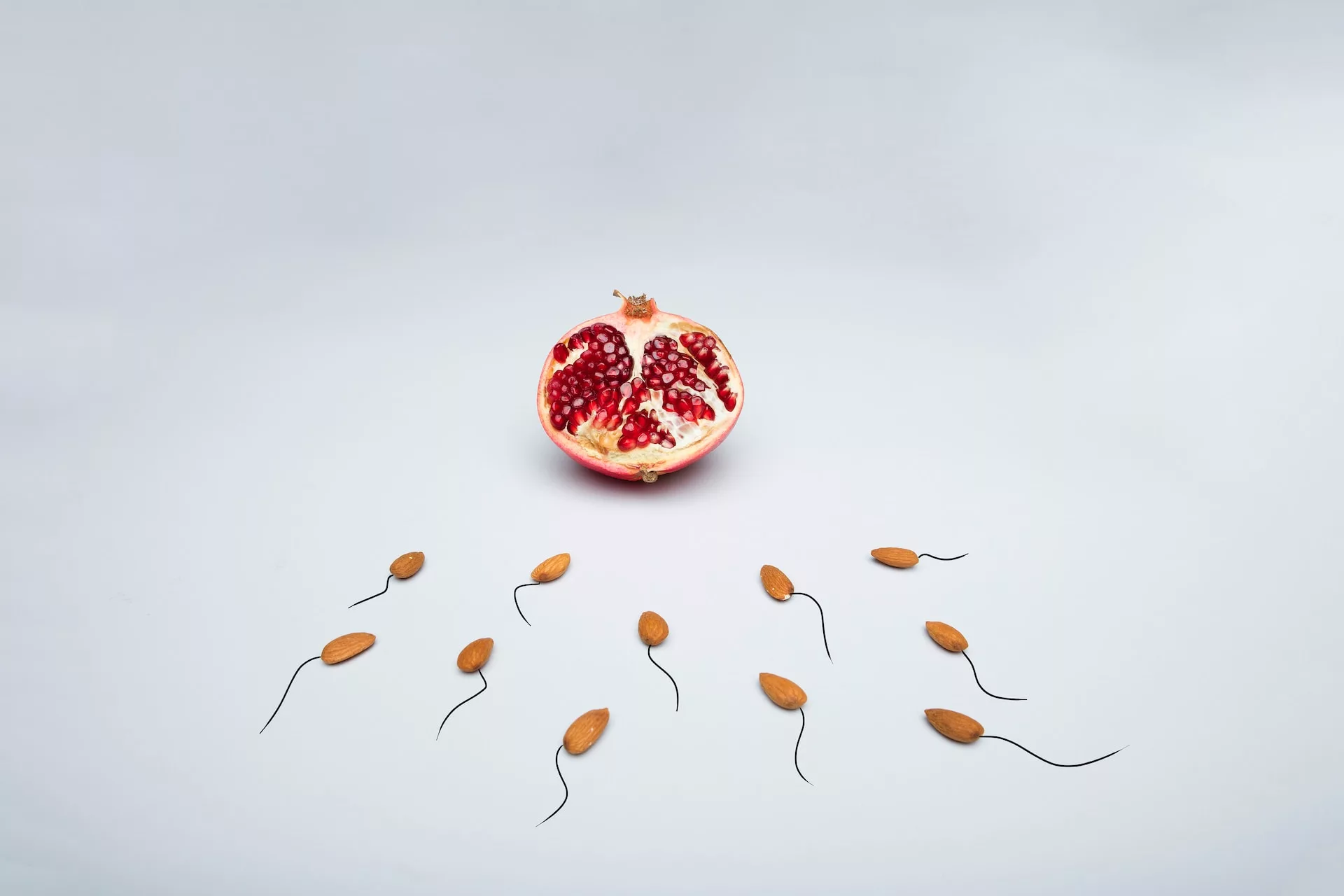Perhaps one of the most fundamental laws of classical mechanics, Newton’s third law isn’t as unbreakable as once thought. Image credit: Deon Black.
It is one of the fundamental laws of classical mechanics. Simply put, Newton’s third law of motion states that “every action has an equal and opposite reaction”. When Issac Newton first published this law, however, the world had no idea of quantum mechanics, which was proposed over 200 years later. Nevertheless, the law is still taught in schools and upheld to this day.
Recently, however, scientists have suggested that Newton’s third law can indeed be defied by the smallest cells found in the human body — the sperm cell. These miniscule motor swimmers use long hair-like structures called flagella to propel themselves forwards, travelling through the fallopian tubes to the egg cell and ultimately resulting in fertilisation. These flagella are “elastic” and bend in a wave-like fashion, the manner of which is determined by the viscosity (or thickness) of the surrounding fluid. A material’s elasticity describes its ability to return to a designated starting shape after a force has been applied to distort it. Therefore, if Newton’s third law held, the surrounding liquid would “push back” on flagella as they move, pushing them to a straightened shape and preventing any movement at all.
Recently, scientists have suggested that Newton’s third law can indeed be defied by the smallest cells found in the human body — the sperm cell.
In investigating the motion of sperm, scientists have noticed a novel property of their flagella called “odd elasticity”. This concept allows us to ignore the assumption that an elastic material will resist a change in shape: for example, an elastic band that doesn’t snap back in shape after being stretched. Instead, a “non-reciprocal” relationship is seen between the material and (in this case) the surrounding liquid. Here, the flagella can bend in a periodic fashion, making wave-like shapes, enabling the sperm cell to propel itself forward in a fluid, since the fluid is not “pushing back”.
Significantly, this research went on to discuss the degree to which sperm cells show odd elasticity. This resulted in the definition of the “odd elastic modulus”—a measure of how much a flagellum can move without its movement being suppressed. The higher this number, the freer the movement, and so the faster the swimming. Excitingly, this quantification may be applicable to other systems to assess non-reciprocal motions of cells.
The increasing understanding of cellular movement that violates Newton’s third law also has wider implications. Since the flagella are found in a variety of organisms, the concepts of odd elasticity and the odd elastic modulus may be applicable to a wide range of cell types and species. Furthermore, an appreciation of this concept in nature may allow scientists to refine the design of “soft elastic robots”. These microscopic structures are able to deform and shape themselves in an elastic manner, rather than the hard, shiny robots that we commonly see, which are stiff in structure.
The concepts of odd elasticity and the odd elastic modulus may be applicable to a wide range of cell types and species.
Due to their soft nature, these micro-robots are biocompatible and largely flexible, meaning that they can be used in the human body to perform a multitude of functions. These include drug delivery and medical implants, as well as use in fertility medicine. In the future, the advancement of this technology could be used to enhance fertilisation and embryo implantation.
Overall, this is an exciting discovery for physicists and biologists alike. Not only does this new knowledge give us a clearer understanding of cellular motility, but it also has important practical applications. In contemporary science, we are challenging paradigms that have been with us for decades or even centuries. There is much we may discover yet.





